Souzou | Outsider art from Japan
A galaxy away from the blue chip collectors, the auction rooms and the private views at Larry Gagosian, outsider art can offer up some of the most refreshing, compelling and surprising of images. Like street or folk art, it represents an invitation into a culture, or an individual’s psyche, that has nothing to do with fashion or primary and secondary markets. It can be raw and candid. It can be beautiful and disturbing.
The sometimes loose definition of outsider art – first coined by the academic Roger Cardinal in 1972 – often refers to the artist’s position in relation to mainstream society, rather than their position in relation to the art world. But these artists are generally unschooled, formally, in technique. They might be mentally ill, imprisoned, or even notorious. The work can be therapeutic or a postcard from somewhere far beyond the edge: serial killer John Wayne Gacy famously painted a series of self portraits of himself in sinister clown garb before he was executed in 1994.
Outsider artists are, most commonly, the gentle but troubled souls who live on, or beyond, the periphery of what most of us perceive as the everyday experience. Souzou is a collection of outsider art from Japan, offering a unique, skewed perspective from the fringes of a culture that is, in itself, notoriously opaque to foreigners. The Wellcome Collection’s spring show in London brings together over 300 works by 46 artists, all residents or attendees of social welfare institutions across Japan.
We invited Shamita Sharmacharja, the curator of the show, to introduce a selection of pieces for Civilian.
Souzou is on show until 30th June at the Wellcome Collection in London
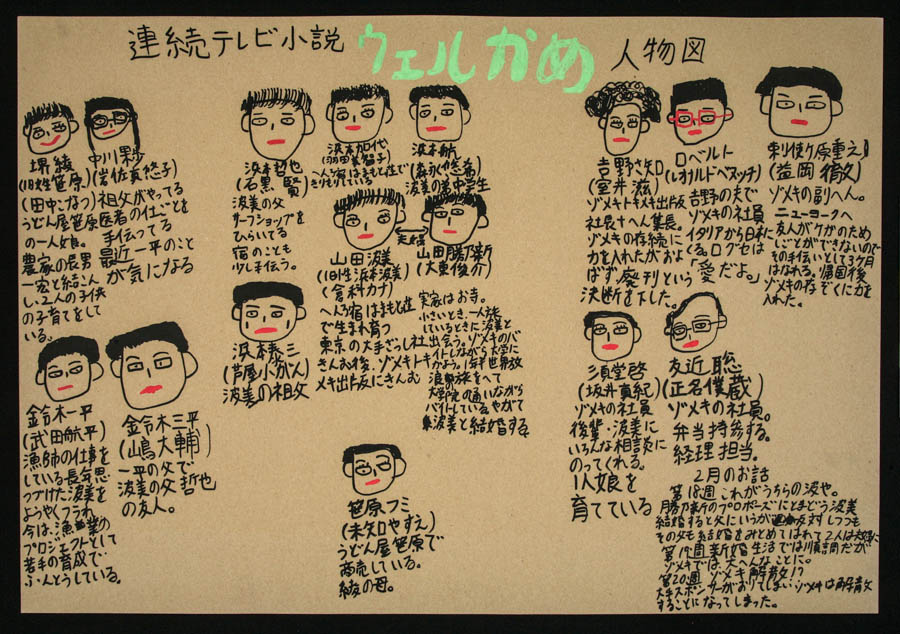
Hiroyuki Komatsu's Morning TV Serial Drama, Welkame: "Komatsu has a voracious appetite for morning TV. Here he distills the plot of one of his favourite series into pictorial form. Translated literally as ‘Welcome Sea Turtles!’, this series is centered around a family-run udon noodle shop in a rural fishing community. The work introduces the central characters, such as hapless fisherman Ippei and Nami, the object of his unrequited love."
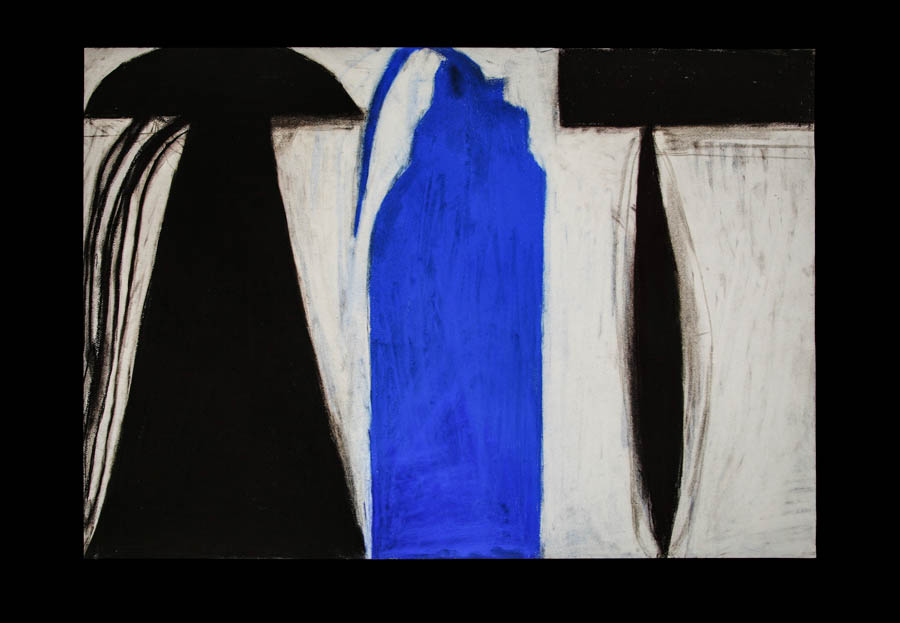
Takashi Shuji's Telephone and Water Jug and Roller: "Shuji has been creating his distinctive still-life compositions for almost 20 years. He selects and sets before him groups of everyday objects from around the workshop. He first represents each object as a dense block of monochrome shading, which he then shapes and softens into recognisable forms with an eraser."

Shota Katsube's Untitled: "Shota Katsube's diminutive army of action figures is styled out of twist-ties conventionally used to fasten together rubbish bins liners. Every figure is about 3cm tall, and is made quickly in a matter of minutes using scissors and nail cutters. The subjects are anime soldiers of his own design."
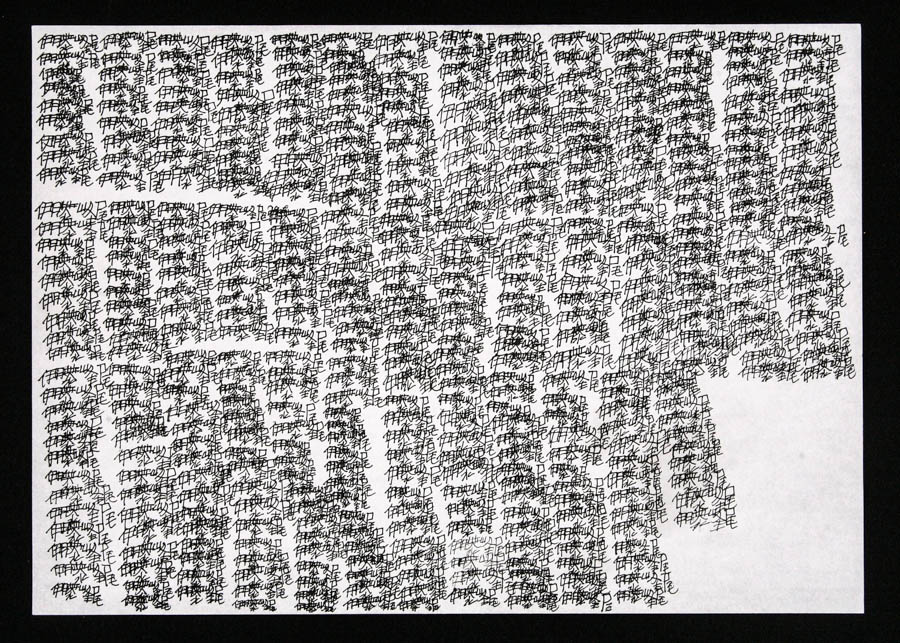
Part of Mineo Ito's 5 Works, Pen on Paper: "For many of the artists in the show, communication is an extreme challenge, and they bypass linguistic conventions through their art. Ito repeats his own name over and over in caterpillar-like scores, creating a personalised system of codification."
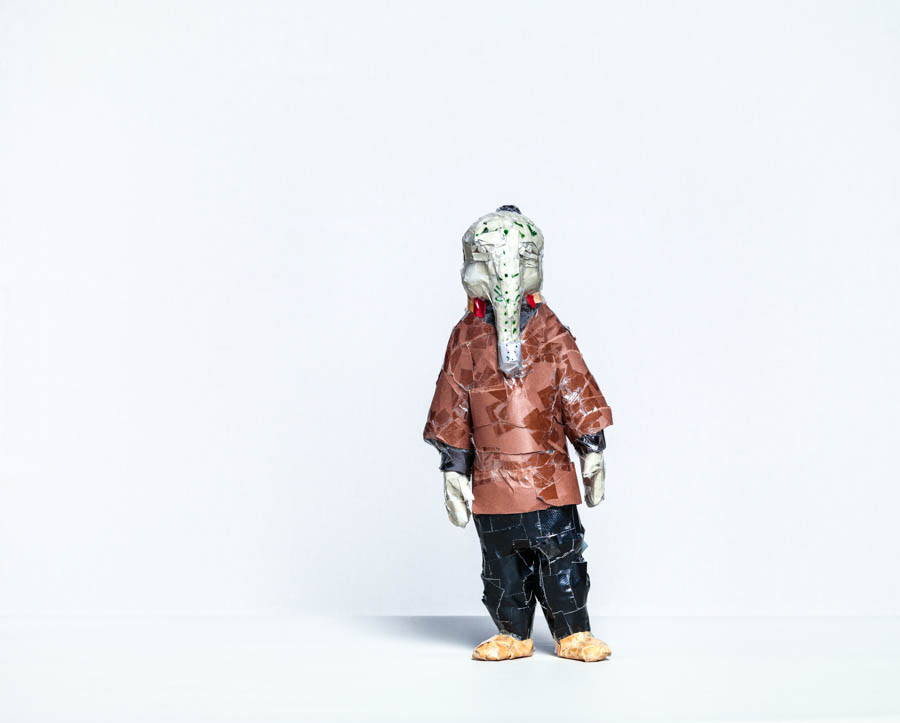
Shoichi Koga's Seitenmodoki (Ganesha Nandikeshvara): "Many of Koga’s subjects are characters from comic books or anime movies such as The Great Yokai War, GeGeGe no Kitaro and Tales from Earthsea and are made from everyday materials such as coloured paper, Cellophane and Scotch Tape. He has been using the same materials since childhood."
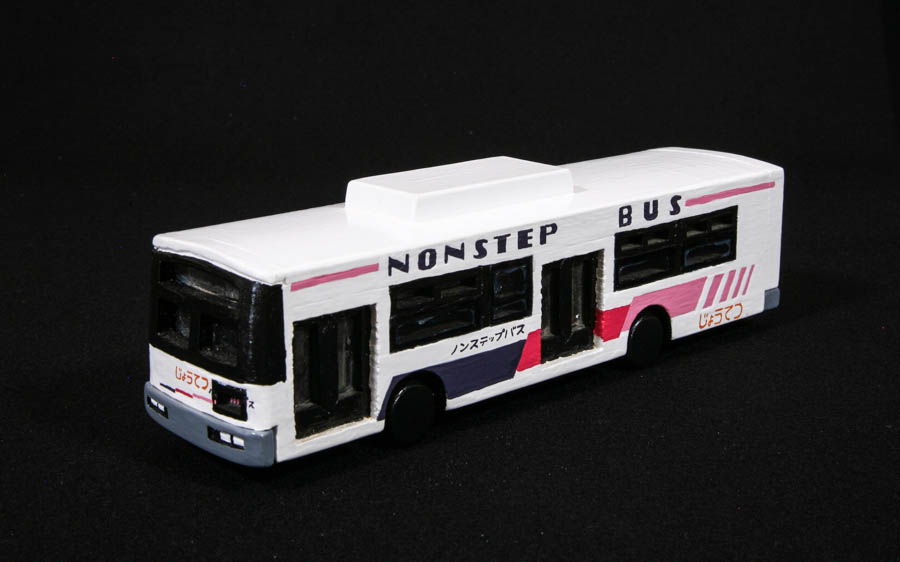
Masatoshi Nishimoto's Bus: "Nishimoto crafts finely observed miniature models of the long-haul buses that populate Japan’s highways. His works are elaborate with studied detailing built up over years of observation and modelling."


